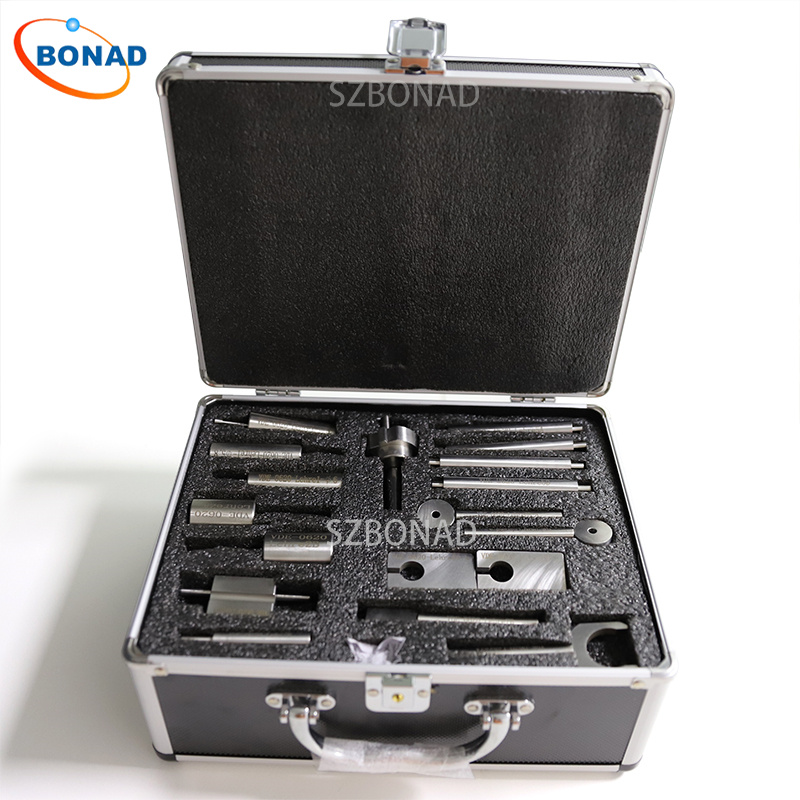The UV Aging Test Chamber utilizes fluorescent ultraviolet lamps to replicate the effects of natural sunlight, including ultraviolet radiation and condensation. This setup allows for accelerated weather resistance testing, providing insights into a material’s durability under various environmental conditions. The chamber can simulate factors such as ultraviolet light, rain, high temperatures, humidity, dew formation, and darkness. By recreating these conditions in cycles, it offers a comprehensive assessment of material performance over time.
The BONAD UV Aging Test Chamber is engineered to evaluate the resistance of non-metallic and organic materials (like plastics, paints, coatings, and rubbers) under specific conditions such as sunlight exposure and temperature fluctuations. It creates an artificial testing environment that mimics natural light sources and other environmental stressors like rain and dew. This enables the assessment of color changes and fading under accelerated conditions. The chamber adheres to standards such as ISO 4892-1, ISO 4892-3, GB/T16585-1996, GB14522-93, GB/T16422.3-1997, and ASTM G53, ensuring accurate simulation of UV sunlight and ease of use.
一. Structural Features of the UV Aging Test Chamber
1. The inner bucket of the test box is made from corrosion-resistant stainless steel, while the outer box is constructed from A3 steel plate with a plastic spray treatment. The sample rack consists of gaskets and telescopic springs made from aluminum alloy parts. The water pan inside the box is also stainless steel to extend the equipment’s lifespan.
2. To conduct UV aging tests effectively, the chamber includes eight fluorescent ultraviolet lamps arranged in two rows of four lamps each. These lamps have a center distance of 70mm and a power rating of 40W each, with a length of 1200mm per lamp tube. The uniform working area measures 900*210mm. Commonly used types include UVA-340 and UVB-313 lamps.
3. Test samples are mounted 50mm away from the lamp table surface’s nearest parallel plane. These samples form the inner wall of the box along with their supporting brackets while their backs are exposed to cooling air at room temperature. This setup creates stable dew condensation conditions due to temperature differences between the samples and the air inside the box.
4. Water vapor is generated from a low water pan heated at the bottom of the chamber. The water depth does not exceed 25mm and an automatic water supply controller is included to maintain proper levels.
5. Temperature measurement within the test box is conducted using a sensor attached to a black plate measuring 75mm by 100mm by 2.5mm thick placed centrally within the exposed area. The thermometer range spans from 30-80°C with ±1°C tolerance.
6. For optimal operation, place the test box in a room maintained at temperatures between 15-35°C while keeping it at least 300mm away from walls or other heat sources to avoid interference.
二. Key Accessories for UV Aging Test Chambers
1. Pure Water Filter Device: Utilizing pure or filtered water is crucial for testing equipment efficiency. The UV Aging Test Chamber features an automatic water supply valve connected to a pressure water source that fills up once levels drop below required amounts.
2. Automatic Lighting Protection Device: A photoelectric proximity switch installed on both front and rear covers ensures that if either door accidentally opens during operation; ultraviolet irradiation automatically shuts down until securely closed again.
3. Radiation Meter: This instrument measures real-time radiation levels using either handheld or installed probes facing fluorescent lamp tubes directly.
三. Analyzing Environmental Conditions in UV Aging Test Chambers
1. Condensation Environment: Prolonged outdoor exposure often results in items being affected more by dew than rainwater itself; hence simulating this effect helps assess corrosion resistance accurately through high humidity cycles maintained at elevated temperatures.
2. Ultraviolet Radiation: Essential for detecting object resistance under varying intensities based on different lamp types chosen according to specific material testing needs.
3. Rain Testing: Simulates sudden temperature changes caused by unexpected rainfall leading to heat shock or corrosion effects accurately replicating real-life scenarios.
四: Industries Benefiting from UV Aging Test Chambers
UV aging test chambers find applications across diverse sectors including automotive manufacturing (testing part durability), construction (building materials longevity), paint/coating industries (color stability), plastics/rubber production (weather resistance), fiber/textile industry (textile durability), printing sector (lightfastness), electronics (component stability), paper industry (paper product durability).



